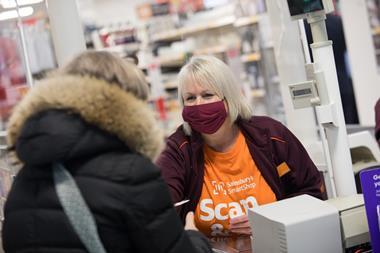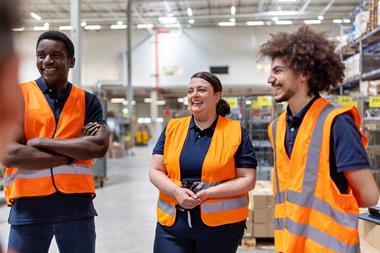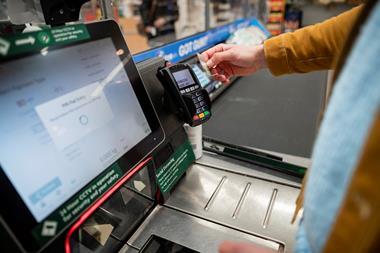
The gig economy is back in the news. The Grocer recently reported newer delivery platforms such as Gopuff, Getir and Jiffy are considering joining the likes of Deliveroo and Uber Eats in adopting the gig economy model for their businesses.
From a commercial perspective, it’s easy to understand why: consumers like being served ‘on demand’, and paying riders per delivery is an efficient and effective way of matching supply to demand in real time.
However, the question that keeps coming back is what riders make of gig work. One caricature is that riders are exploited by anonymous algorithms, live on insecure work and would prefer to be permanently employed. Another is that they welcome the bracing freedom of the gig model and it works perfectly for them. Our experience is that the voice of the rider is more nuanced.
In reality, gig work is popular among riders who are making an active choice. A recent report by the independent Social Market Foundation (SMF) showed reasons for riders choosing gig work vary, but they include the ability to work or not as they decide; setting their own working pattern; accepting or rejecting work to fit into their schedule; and the option to work for more than one platform at once, maximising the opportunity to earn.
There are many reasons why many people are choosing gig work as an alternative or addition to employed work. The reason it remains in the news is because the gig economy model could still work a lot better for riders.
Platforms don’t always calibrate supply and demand particularly well in individual locations, meaning there can be too many (or too few) riders on the road for the number of earning opportunities available. The ability to work with more than one platform at the same time is highly valued – but riders frequently report spending too much time trying to manually reconcile earnings from different platforms.
Read more:
-
Is this the end of the road for rapid grocery’s employee riders?
-
Deliveroo share price rise shows investors aren’t bothered about gig economy workers
-
Rapid grocer Gopuff preparing to roll out gig economy working model
-
The 10 most powerful people in rapid delivery and q-commerce
Another issue is that there is no way for a rider to work in a proactive, planned manner. Riders are smart about making choices – they want to target a specific earnings level but cannot set and track progress against that goal. Beyond inconvenience, this creates financial exclusion as banks and credit card companies often consider gig work as contingent and reactive, not a deliberate intent to earn by the individual.
We should avoid simple responses to these complex concerns: they don’t serve the interests of those who work in the gig economy. For example, ‘employment’ is not the simple solution some advocate. The SMF report underlined this, with nine in 10 riders who currently do gig work saying they wouldn’t want to become permanent employees. This reinforces historic survey trends from 2017.
Recent changes in Spain effectively outlawed self-employment on platforms. That drove some platforms to exit the market, while others complied with the law but did so by employing riders through agencies on fixed rates that were lower than they previously received.
The real debate should be what we can do to evolve the gig economy and make it work better for riders. First, there is a role for smart regulation. Countries including France, Belgium, Greece and Singapore are developing rules of the road to amplify the voice of gig riders on issues like minimum fee rates, pay transparency and collective bargaining. This should be encouraged.
Second, and just as important, is the role of technology. The market is currently responding to the concerns of self-employed riders and should be encouraged to continue to do so. Shiffle, the company I run, helps riders target, track and consolidate earnings from different platforms automatically and in real-time, helping them stay in control, addressing their concerns and giving them back time.
Other exciting products include the partner protection insurance offered by Allianz at Uber, which allows riders to make claims to help with the financial cost of one-off life-changing events. Platforms are also developing partnerships with mobility companies to help riders use new sustainable vehicles.
The gig economy is complicated and goes well beyond the easy answers and simple caricatures often seen in the press. We should understand that riders see the sector as a net positive, providing a flexible opportunity to earn on demand. Platforms, under pressure to scale operations and profits, are also right to see riders as a net positive. History demonstrates that businesses that provide people with the tools they need tend to attract and retain the best workers. Platforms that recognise this are likely to be the ones riders work with.
If we focus on improving riders’ experience through a mixture of smart regulation and nimble technology, the sector will work better for all.



















No comments yet